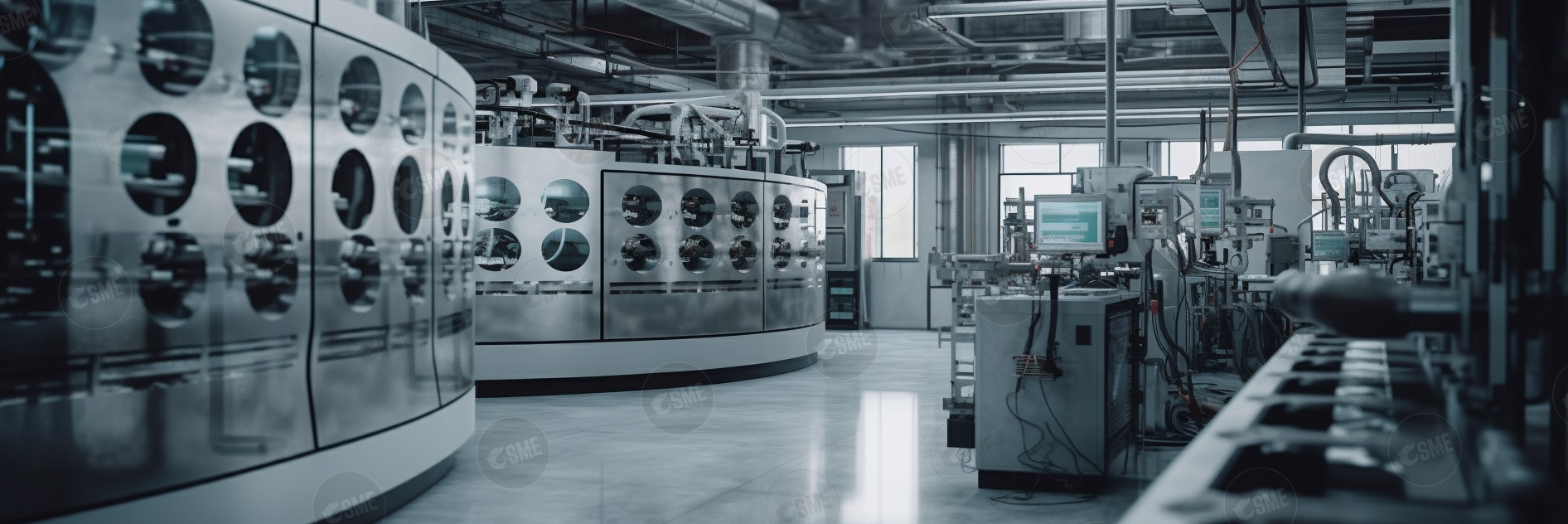Sealant Suitability: The Key to Leak-Free Industrial Media Transfer Systems
Sealants are essential in industrial media transfer systems, as they provide a leak-proof seal between two surfaces. The compatibility of sealants is crucial for the longevity and effectiveness of the sealant, as well as the safety of the media being transferred. The following article will explore the parameters that affect sealant compatibility, including the suitability, temperature, pressure duration, and materials involved. The article will also highlight the compatibility of commonly used sealant materials such as NBR, EPDM, FPM, PTFE, PUR, CR, CSM, and MQV. Suitability The suitability of a sealant depends on its chemical compatibility with the media being transferred, the temperature of the system, and the pressure it can withstand. Certain sealants may degrade when exposed to particular chemicals, such as acids or bases, and may not be suitable for use in certain systems. Similarly, the temperature of the system can affect the properties of the sealant, such as its hardness, flexibility, and chemical resistance. The pressure that a sealant can withstand is also a crucial factor in determining its suitability. It is essential to choose a sealant that can withstand the pressure of the media being transferred to prevent leaks and ensure safety. Temperature The temperature of the system can affect the performance of the sealant in many ways. High temperatures can cause some sealant materials to degrade, lose their flexibility, and break down, leading to leaks. Conversely, low temperatures can make some sealants hard and brittle, reducing their ability to form an effective seal. It is essential to choose a sealant that can withstand the temperature of the system and maintain its sealing properties. Pressure Duration The duration of pressure in a system can also affect the performance of the sealant. Long-term exposure to high-pressure environments can cause some sealants to degrade or lose their sealing properties. Conversely, short-term exposure to high pressures may not be an issue if the sealant can withstand the pressure for a short period. It is essential to choose a sealant that can withstand the pressure duration of the system to prevent leaks and ensure safety. Materials The materials involved in a system can affect the compatibility of the sealant. For instance, some sealants may not be suitable for use with certain materials, such as plastics or metals. Additionally, some sealants may react chemically with certain materials, leading to degradation or failure of the seal. It is essential to choose a sealant that is compatible with the materials involved in the system. NBR NBR (Nitrile Butadiene Rubber) is a common sealant material used in industrial applications. It is suitable for use with oils, fuels, and other hydrocarbons, making it a popular choice in the automotive and aerospace industries. NBR can withstand temperatures up to 100°C and pressures up to 1000 psi, making it suitable for many industrial applications. EPDM EPDM (Ethylene Propylene Diene Monomer) is a synthetic rubber that is suitable for use with water, steam, and other fluids. It is resistant to oxidation, UV light, and ozone, making it a popular choice in the construction and automotive industries. EPDM can withstand temperatures up to 150°C and pressures up to 1500 psi, making it suitable for many industrial applications. FPM FPM (Fluorocarbon Rubber) is a synthetic rubber that is suitable for use with acids, oils, fuels, and other chemicals. It is resistant to high temperatures and is a popular choice in the chemical and petrochemical industries. FPM can withstand temperatures up to 200°C and pressures up to 2000 psi, making it suitable for many industrial applications. PTFE PTFE (Polytetrafluoroethylene) is a synthetic fluoropolymer that is known for its low coefficient of friction and high resistance to chemicals and heat. It is suitable for use with a wide range of fluids and chemicals, making it a popular choice in the chemical and pharmaceutical industries. PTFE can withstand temperatures up to 260°C and pressures up to 1500 psi, making it suitable for many industrial applications. PUR PUR (Polyurethane) is a thermoplastic elastomer that is suitable for use with water, oil, and other fluids. It is resistant to abrasion and tear, making it a popular choice in the construction and automotive industries. PUR can withstand temperatures up to 80°C and pressures up to 600 psi, making it suitable for many industrial applications. CR CR (Chloroprene Rubber) is a synthetic rubber that is suitable for use with water, air, and other fluids. It is resistant to UV light and ozone, making it a popular choice in the marine and automotive industries. CR can withstand temperatures up to 100°C and pressures up to 1000 psi, making it suitable for many industrial applications. CSM CSM (Chlorosulfonated Polyethylene) is a synthetic rubber that is suitable for use with acids, oils, and other chemicals. It is resistant to UV light, ozone, and abrasion, making it a popular choice in the chemical and petrochemical industries. CSM can withstand temperatures up to 120°C and pressures up to 2000 psi, making it suitable for many industrial applications. MQV MQV (Methyl Vinyl Silicone) is a synthetic rubber that is suitable for use with water, air, and other fluids. It is resistant to high temperatures and chemicals, making it a popular choice in the aerospace and automotive industries. MQV can withstand temperatures up to 200°C and pressures up to 1000 psi, making it suitable for many industrial applications. Conclusion In conclusion, the compatibility of sealants is crucial in industrial media transfer systems. The suitability, temperature, pressure duration, and materials involved are all essential factors that affect sealant compatibility. It is essential to choose a sealant that can withstand the parameters of the system to prevent leaks and ensure safety. NBR, EPDM, FPM, PTFE, PUR, CR, CSM, and MQV are all commonly used sealant materials that have different properties and are suitable for different industrial applications. Understanding the compatibility of these materials is essential in choosing the right sealant for a given system. |

